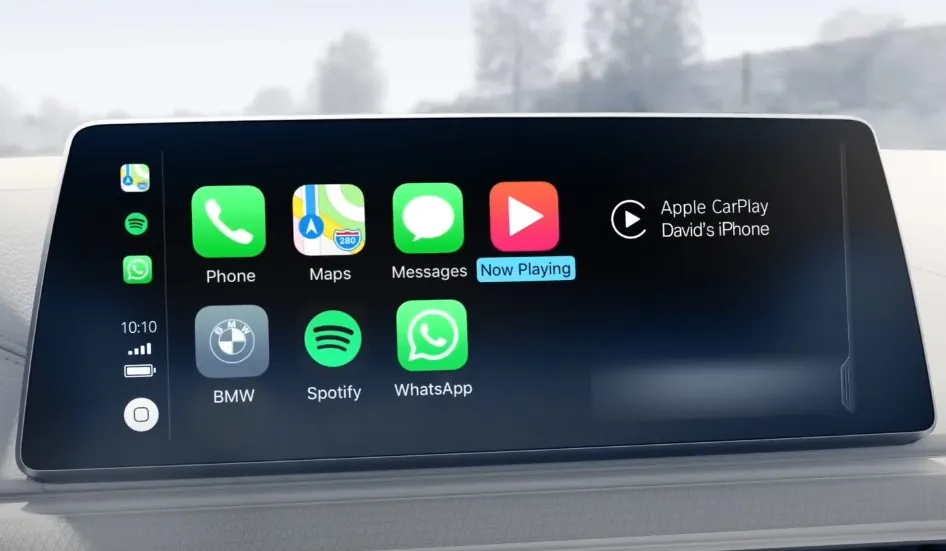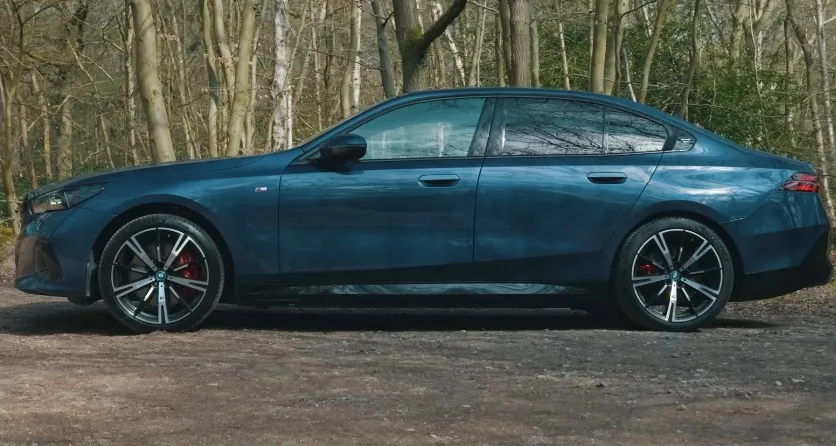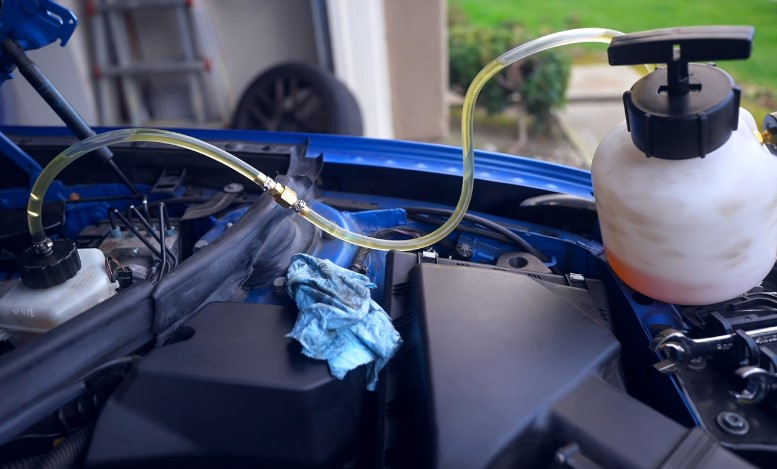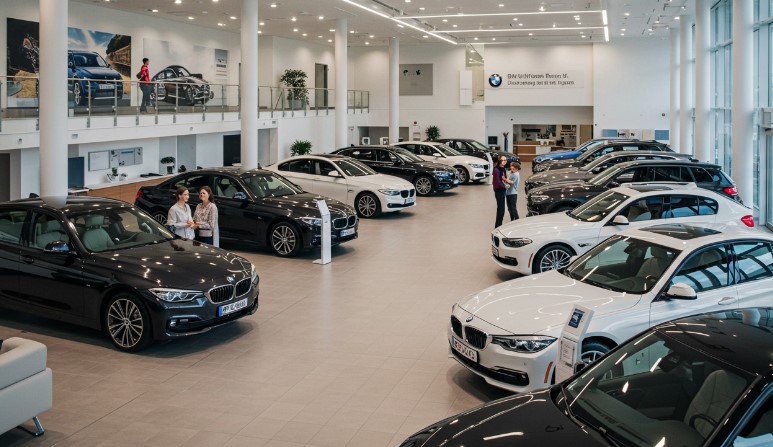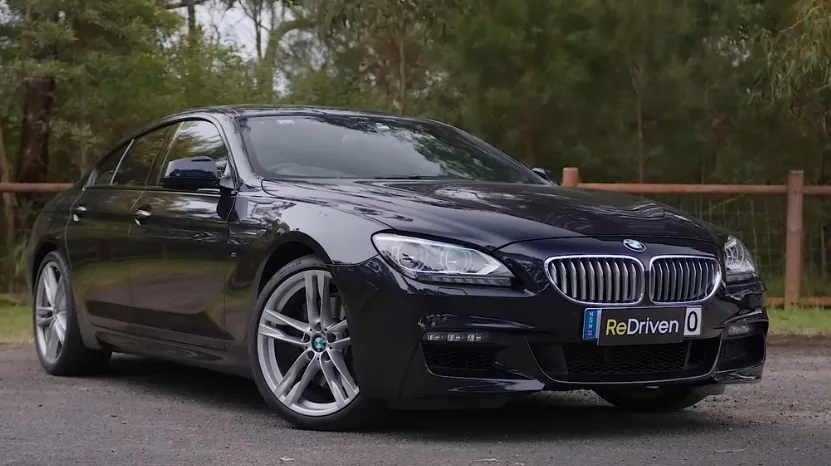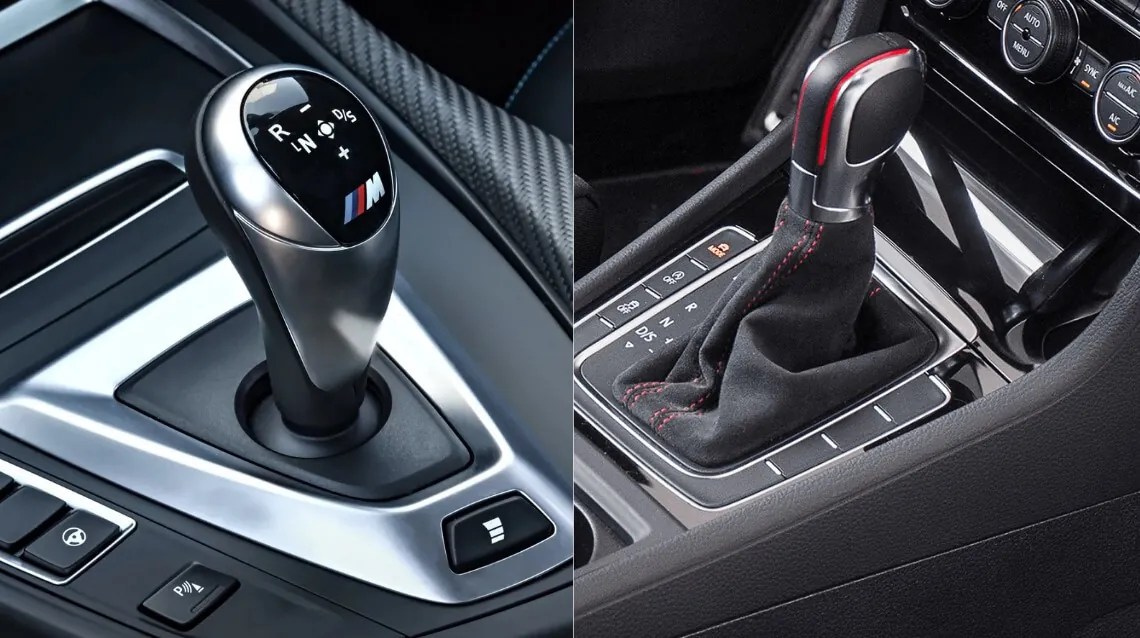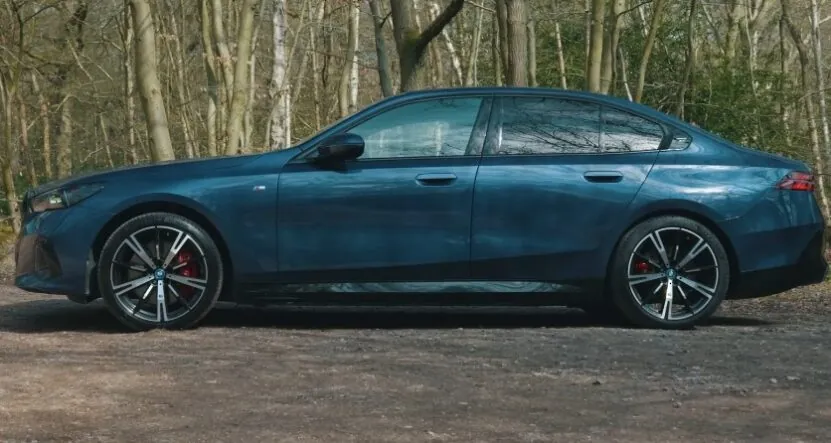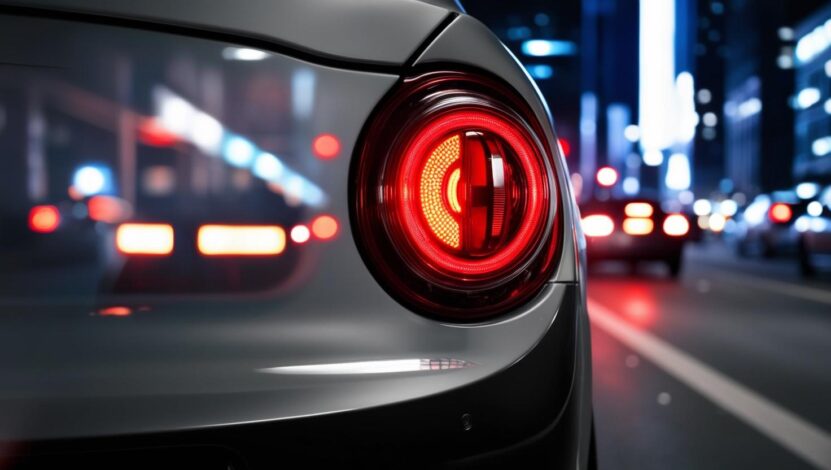
Share Post:
Roads bring out a wide array of personalities, and one troubling behavior occasionally rears its head: the abrupt, intentional stomp on the brake pedal aimed at the car behind.
That disruptive habit, often referred to as “brake checking,” can have serious repercussions. A bit of caution, a dash of respect, and knowledge about safer ways to handle frustration are far more productive than risking lives.
Table of Contents
ToggleA Quick Overview of Brake Checking
Brake checking involves a driver slamming on the brakes unexpectedly while another vehicle follows. The apparent goal is typically to startle or scare the trailing driver into backing off.
Some might believe they’re in a cinematic car chase, but the roads are no place for Hollywood dramatics. A sudden, harsh stop can cause a chain reaction.
The unsuspecting driver behind might not have enough time to slow down safely, or they may swerve and collide with someone else.
Drivers who adopt this tactic could be looking for payback, attempting to manipulate traffic, or performing something more malicious, such as orchestrating a crash for the sake of an insurance claim.
Even though motorsports sometimes feature strategic brake maneuvers, public streets are a different story. There’s no podium finish for brake checking on a busy boulevard.
Motivations Behind Brake Checking
1. Road Rage
Aggression behind the wheel is sadly common, and brake checking can pop up when tempers flare. Tailgating or rude gestures might provoke someone into thinking a sharp stop will “teach a lesson.”
People who do this are essentially pouring gasoline on an open flame. An angry driver behind is unlikely to calm down when forced into a sudden skid. Instead, the entire situation escalates, turning a minor annoyance into a serious hazard.
2. Insurance Fraud
A more calculating reason for brake checking involves the hope of filing false claims. Some unscrupulous drivers plan collisions so they can claim injuries and damages that never truly existed or are greatly exaggerated.
That approach is illegal, unscrupulous, and puts innocent motorists at risk. Insurance fraud pushes premiums higher for everyone.
3. Asserting Dominance
It’s not always road rage or a get-rich-quick scheme fueling brake checking. Some people simply want to exert authority in traffic. They feel the car behind is following too closely and decide to take control in an unsettling way: jamming the brakes.
A personal sense of power might come from forcing someone else into a state of panic, but there’s no pride in playing with others’ safety.
Legal Implications of Brake Checking
United States
Different states handle brake checking with varying severity, but many classify it under reckless or dangerous driving statutes. As an example, California sees this conduct as reckless driving, punishable by fines and, in severe cases, jail time.
Over in Texas, brake checking could also be labeled reckless driving, leading to fines up to around two hundred dollars and possible jail sentences up to thirty days.
If someone’s abrupt slowdown causes a crash, legal blame often lands squarely on the one who triggered the incident. Victims may pursue damages, especially if an injury occurs due to that sudden move.
Insurance companies don’t take kindly to manipulative tactics on the road, so a recorded incident of brake checking can also lead to higher premiums and policy complications.
If you’re dealing with the aftermath of a brake check crash and need experienced help, Fuller Personal Injury Law specializes in securing compensation for accident victims.
United Kingdom
In the UK, the law is similarly strict. Authorities view brake checking as dangerous driving, carrying the possibility of prison time, hefty fines, and driving bans.
The punishment can climb dramatically if the collision leads to severe injuries or death. Courts rarely show sympathy toward individuals who cause accidents in such a deliberate way.
Risks and Dangers Associated with Brake Checking
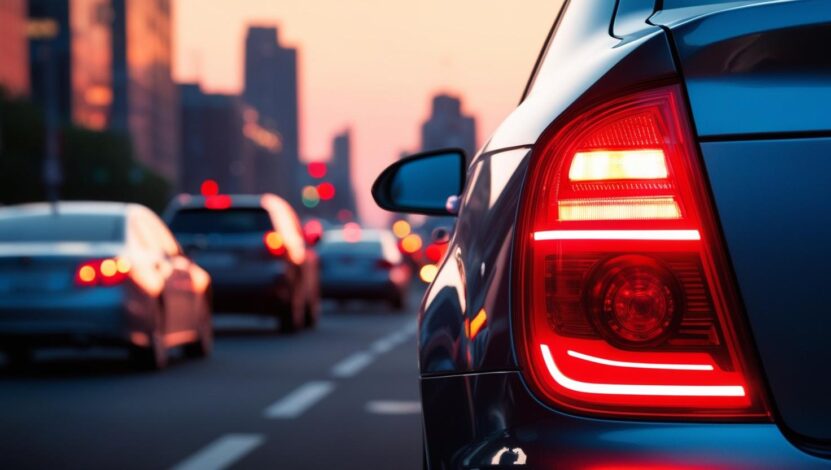
1. Rear-End Collisions
A driver who launches an unanticipated brake maneuver might cause the following vehicle to crash straight into them. Rear-end collisions often result in injuries that aren’t always apparent right away, like whiplash.
2. Multi-Vehicle Pile-Ups
Highways clogged with traffic turn into perilous domino lines if someone decides to brake check. One abrupt stop in a line of cars can unleash a series of collisions.
When vehicles are traveling at significant speeds, the potential for catastrophic outcomes goes up, and serious injuries or fatalities can result from that one reckless act.
3. Escalation of Road Rage
That brief moment of “I showed them!” might lead to an even angrier response from behind. Some individuals can’t resist retaliating.
Two feuding drivers in the same vicinity create a brewing storm that endangers everyone nearby. What began as mild irritation can evolve into dangerous confrontation.
Why Brake Checking Makes Bad Situations Worse

Nobody truly gains in a scenario where damage, injuries, and legal headaches become part of the equation. The brakes aren’t just a weapon to wave around; they’re a critical safety feature that shouldn’t be misused.
Consider the mental toll as well. Causing or nearly causing a crash can leave all involved shaken.
The driver behind might have nightmares about the incident, the brake checker can face overwhelming guilt (assuming they have a conscience), and the rest of traffic just tries to dodge the fallout.
Tips to Avoid the Temptation
A well-maintained car, a calm demeanor, and some thoughtful driving habits can decrease the likelihood of brake checks happening at all.
Maintain Adequate Following Distance
- Leave enough space to react if something unpredictable occurs.
- Avoid riding anyone’s bumper, particularly if they appear stressed or easily irritated.
Manage Stress and Emotions
- Recognize the signs of mounting frustration. A pounding heart or tense grip on the wheel is a red flag.
- Take a deep breath, turn on soothing tunes, or find another method to relax. Pulling over and stretching your legs might be enough to reset a tense mood.
Practice Defensive Driving
- Scan the road ahead for erratic behavior.
- Adjust speed and positioning to stay in control.
- Keep eyes on mirrors and practice situational awareness at all times.
Don’t Engage with Aggressive Drivers
- Trying to “win” on the road invites unnecessary danger.
- If someone is tailgating or honking, let them pass and avoid eye contact. Ego-driven battles rarely end well.
Report Extreme Behavior
- In extreme cases, if someone threatens the safety of others with repeated brake checks, noting the license plate and contacting authorities may be warranted.
- Swift intervention can prevent a risky driver from continuing in that fashion.
Fostering Road Safety
Personal responsibility plays a big role in safer roads. Drivers who decide to remain calm, exhibit patience, and treat fellow motorists as neighbors instead of obstacles go a long way toward reducing crashes.
Encourage Patience and Empathy
Sitting in traffic can be frustrating, but empathy helps prevent rash decisions. Everyone wants to reach home, the office, or a favorite restaurant without trouble.
Keeping that in mind transforms a tense commute into a manageable trip.
Reduce Distracted Driving
It’s not just rage that causes crashes. Phones, rowdy passengers, or messing with an infotainment system can steal focus from the road.
When someone is tailgating and fiddling with a smartphone, they’re an accident waiting to happen. Eliminating distractions cuts down on the possibility of panic stops and tailgating, which are often precursors to brake checks.
Maintain Vehicle Condition
A car in poor shape can encourage bad behavior. For instance, if the brakes are already worn, or tires have uneven tread, a sudden stop becomes riskier.
Keeping a vehicle in good condition not only reduces the chances of mechanical failure but also encourages more sensible decisions.
Drivers with reliable cars feel less anxious about everyday situations and are less inclined to engage in hostile acts.
Education and Awareness
Public campaigns, driver’s education programs, and community initiatives typically highlight the importance of calm driving.
Putting emphasis on maturity behind the wheel promotes a culture in which aggressive moves aren’t glamorized. Some advanced driving schools even address anger management as part of their curriculum.
Additional Considerations for a Safer Journey
- Plan Ahead: Rushing invites frustration. Leaving a bit earlier cuts down on stress.
- Choose Your Lane Wisely: Camp in the slower lane if you’re not in a hurry. Move to faster lanes primarily when overtaking.
- Avoid Eye Contact with Aggressive Drivers: It sometimes fuels more hostility.
- Signal Early: Sudden lane changes can spark anger or confusion, so a timely signal helps.
- Practice Gratitude: It might sound fluffy, but a moment spent acknowledging life’s bigger picture can quell that flicker of anger.
Summary
When drivers remain focused on cooperation rather than conflict, collisions become less frequent, and every trip feels more relaxed.
Staying calm behind the wheel isn’t just about following rules; it’s about valuing your own life and the lives of others.
Brakes should protect, not provoke, and every driver on the road holds a small piece of responsibility for making trips smoother, safer, and far less nerve-wracking for everyone.
Related Posts:



